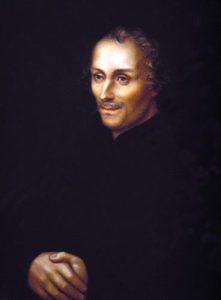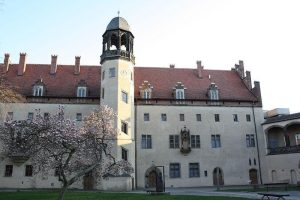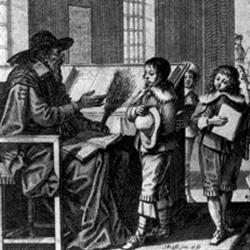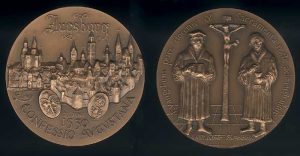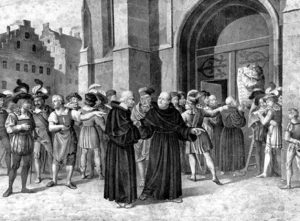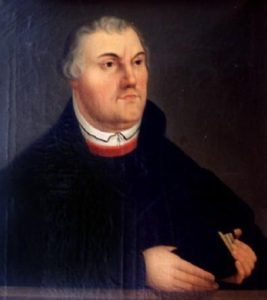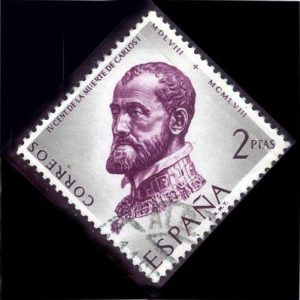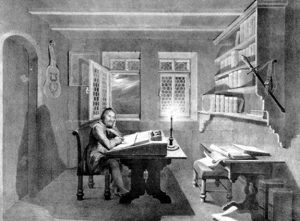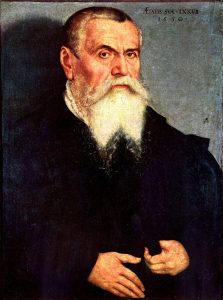A humanist
Philip Schwarzerdt, called Melanchton, was a scholar who taught Greek at the university in Wittenberg, and who readily adopted the Reformation ideas from the start and became Luther’s right hand.
In Loci Communes (1521) he systematically exposed Luther’s ideas.
He was anxious to harmonise Reformation and christian classical studies.
He confirmed the power of the State, awarded by nature, against the supremacy of the Church.
He tried to unite the different trends of reformation and even tried to bridge the gap between Reformation and Catholicism to maintain Christian unity and political unity in the empire.
Luther's right hand and successor
He was the author of the Augsburg Confession submitted to the diet convoked by Charles the Fifth in Augsburg in 1530 to put an end to religious dissensions in the empire. No agreement could be reached with the catholics even though the said Confession of Faith was very restrained. To this day it still is the official confession of faith of the lutherans.
Upon Luther’s decease in 1545, he became the main lutheran leader.
He prompted the creation of universities and colleges, trained the teachers and defined the syllabus.
He published a lot of writings, notably comments on the Bible and dogmatic works.

